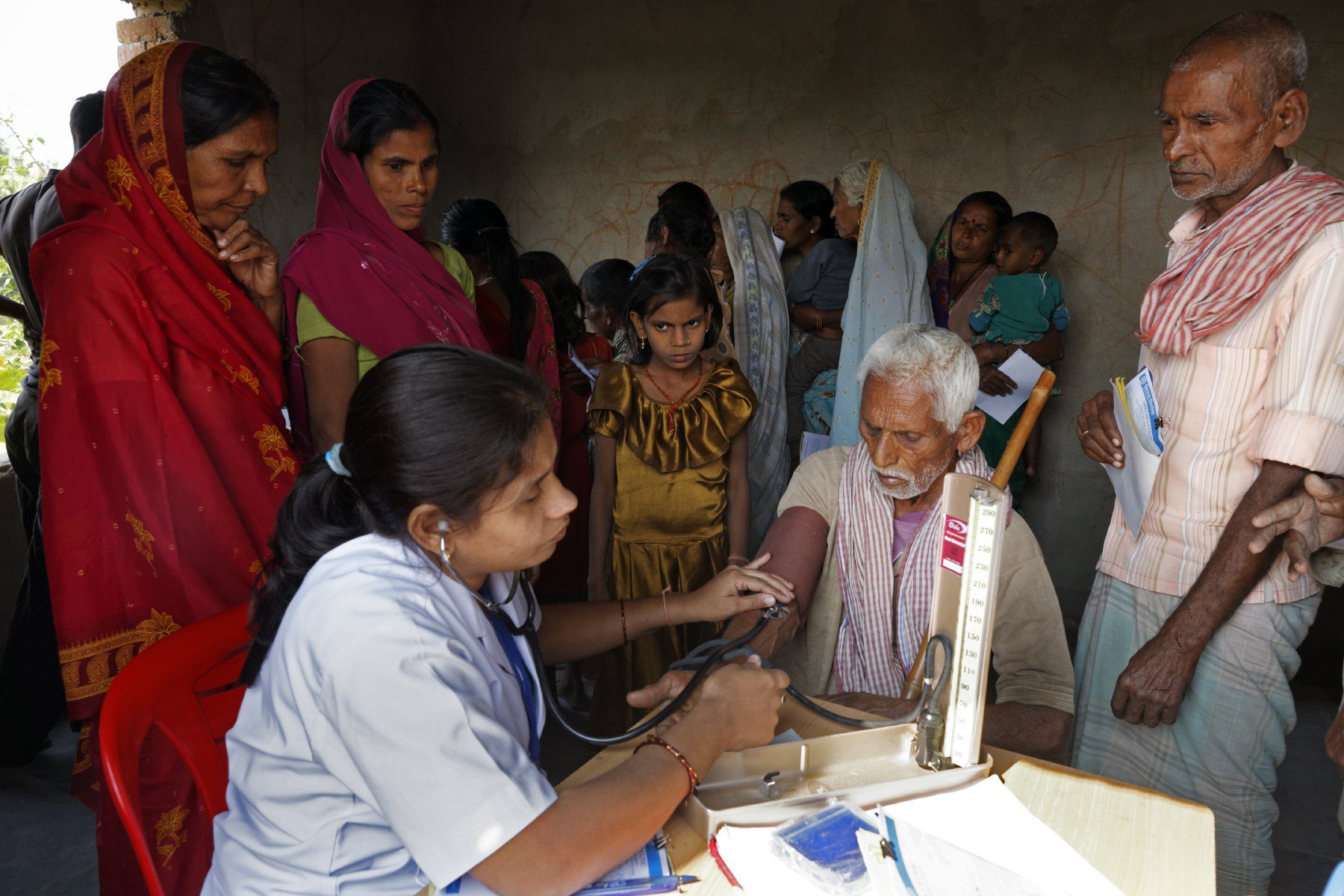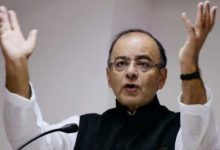The major thrust of the budget is on covering 10 crore families with rupees five lakh insurance coverage per year. This scheme has been allocated rupees 2000 crore that is rupees 40 per person. This is in contrast to 4000 rupees per capita required for universal health care. It is also not clear which insurance company will give this coverage at the said premium. Here’s an analysis, for Different Truths.
 Since health is a concern of all, a lot of expectations await from the union budget. Only a healthy person can contribute to social development. There is thus need to move the country towards universal healthcare where every citizen gets desired quality health needs fulfilled. It is in this context that 1st February 2018 budgetary provisions on health to the amount of 52800 crore rupees have to be seen. The Finance Minister has admitted in his speech that ‘lakhs of families in our country have to borrow or sell assets to receive indoor treatment in hospitals’. The National Health Policy 2017 document, to which he has referred to in his speech, too has expressed concern over that 6.3 crore people being pushed below the poverty line every year because of out of pocket expenditure on health. Therefore there is a need for strengthening public health funding to take care of the health of all sections of people. But ironically India’s budget allocation on health has been consistently very low. Last year the percentage of the budget on health was 1.97% of the total. This year’s budget is meager 11.5 percent higher which because of increase in the cost may turn out to be less than that for all practical purpose.
Since health is a concern of all, a lot of expectations await from the union budget. Only a healthy person can contribute to social development. There is thus need to move the country towards universal healthcare where every citizen gets desired quality health needs fulfilled. It is in this context that 1st February 2018 budgetary provisions on health to the amount of 52800 crore rupees have to be seen. The Finance Minister has admitted in his speech that ‘lakhs of families in our country have to borrow or sell assets to receive indoor treatment in hospitals’. The National Health Policy 2017 document, to which he has referred to in his speech, too has expressed concern over that 6.3 crore people being pushed below the poverty line every year because of out of pocket expenditure on health. Therefore there is a need for strengthening public health funding to take care of the health of all sections of people. But ironically India’s budget allocation on health has been consistently very low. Last year the percentage of the budget on health was 1.97% of the total. This year’s budget is meager 11.5 percent higher which because of increase in the cost may turn out to be less than that for all practical purpose.
The major thrust of the budget is on covering 10 crore families with rupees five lakh insurance coverage per year. This scheme has been allocated rupees 2000 crore that is rupees 40 per person. This is in contrast to 4000 rupees per capita required for universal health care. It is also not clear which insurance company will give this coverage at the said premium. Also whether the central government alone will bear all the expenses or the states too will have to share the burden of this scheme because the finance minister said that that the matter will be discussed with states as well. When will it take off is also not clear? Shri Hasmukh Adhia, finance secretary has indicated that it may not be before October that this scheme gets implemented. A similar proposal of coverage of one lakh rupees was mooted by the cabinet in 2016 but it never took off. The insurance-based health is never universal as it is based on premium. It does not cover the outpatient care day to day expenses. Any spending beyond the coverage has to be borne by the patient herself/himself. But it will give a lot of business to the insurance companies and the private hospitals which will be linked under the scheme. From the past experience, the public-private partnership model which the government wants to adopt in this scheme has not served the real ends.
Medical education forms basis of healthcare. Only 24 medical colleges will be opened in the state sector by upgrading the already existing hospitals. There is a proposal that there should be opened one medical college for each three Parliamentary constituencies. Which means 180 colleges. These are likely to be in the private sector. This will make medical education more expensive which will, in turn, increase the ultimate cost of healthcare.
 That the government will spend rupees 500 per month on nutrition to the persons suffering from Tuberculosis appears to be good at one glance. But just giving nutrition when the person has been taken ill does not serve the purpose. What is more important is to ensure good nutrition to all citizens through food security. Only a well-nourished person has higher immunity and capacity to fight disease.
That the government will spend rupees 500 per month on nutrition to the persons suffering from Tuberculosis appears to be good at one glance. But just giving nutrition when the person has been taken ill does not serve the purpose. What is more important is to ensure good nutrition to all citizens through food security. Only a well-nourished person has higher immunity and capacity to fight disease.
There is no talk of streamlining the drug prices. The spending on drugs forms 67% of out of pocket expenditure on health. Public sector pharmaceutical units have produced cheap bulk drugs but are being closed down. Instead, there is a proposal to review coronary stent prices for which the National Pharmaceutical Pricing Authority (NPPA) has already called a meeting with various stakeholders on 5th February 2018.
The proposal to open 1.5 lakh Health and Wellness clinics may sound good but with 1200 crores budget for this which means Rs.80000/- for each centre. How will a health clinic with all facilities and running expenses be set up and function with this amount?
Increase in health cess from 3% to 4% will be a burden on the people.
The government must review the health policy in a holistic manner to meet the challenge universal healthcare; the piecemeal approach will lead us to nowhere.
Arun Mitra
©IPA Service
Photos from the Internet
#BurdenOfThePeople #MoneyMattersOfIndia #GovernmentAndFinace #HealthCare #MoneyInHealthAndWellness #WellnessClinics #IPA #DifferentTruths







 By
By
